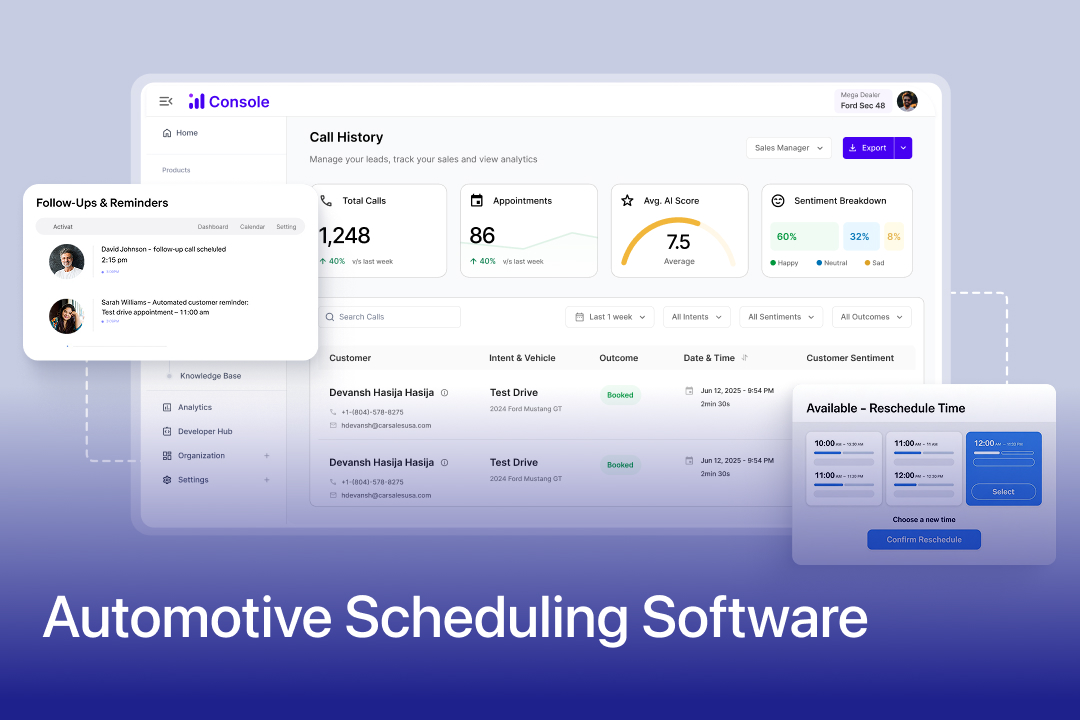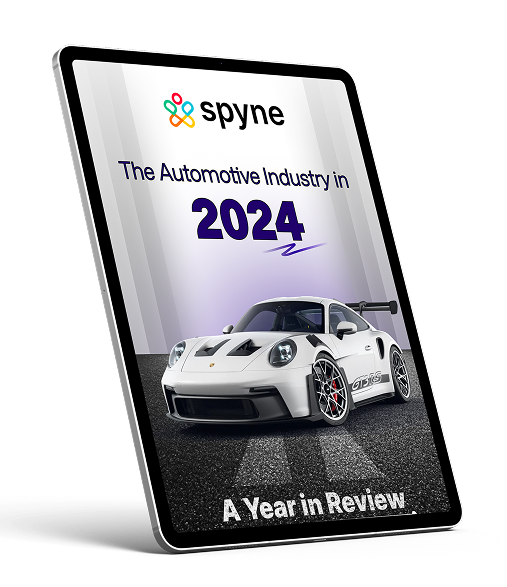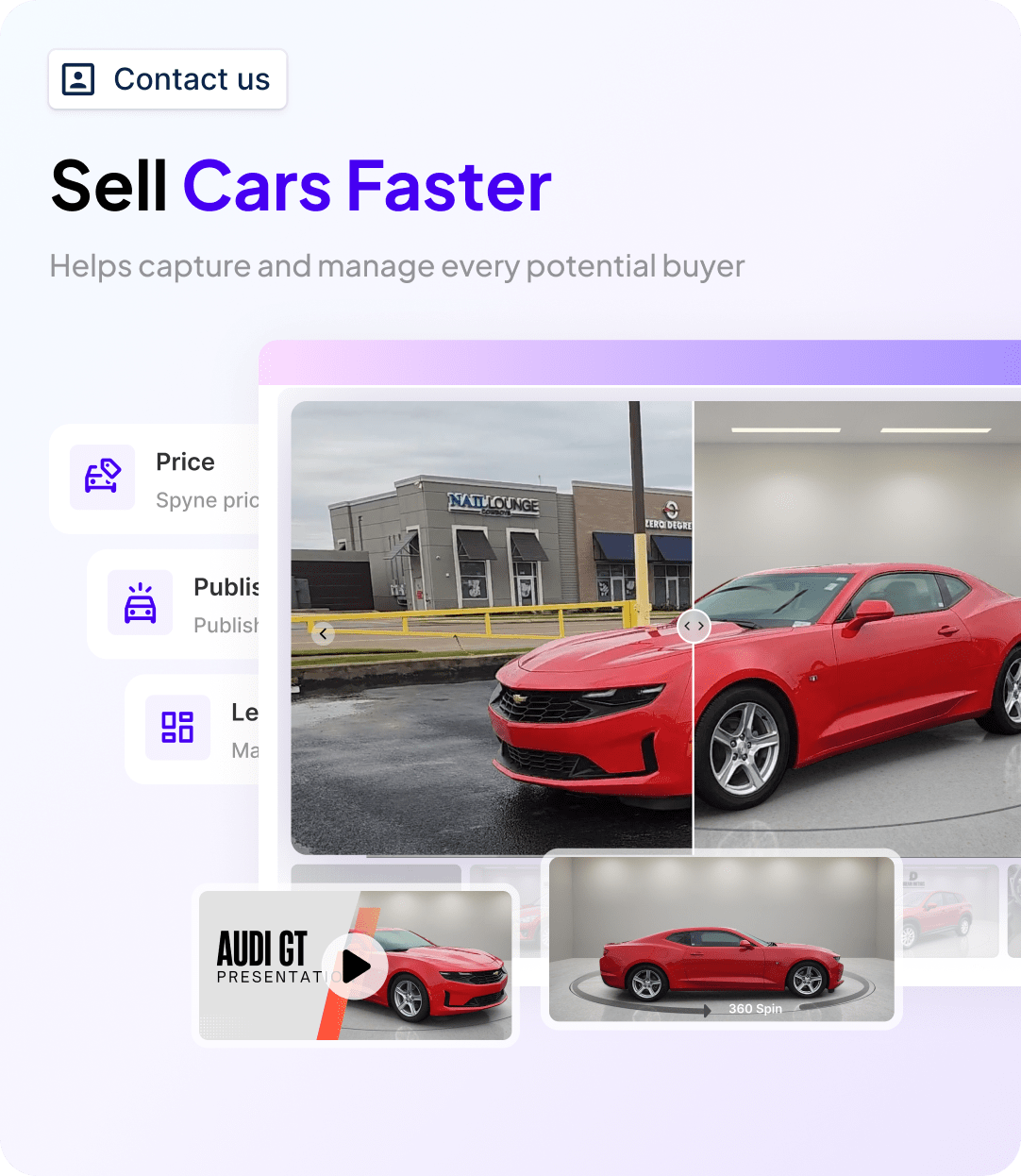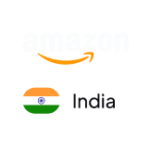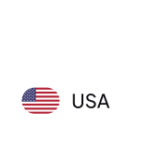Scheduling service appointments might seem simple, until the day starts.
A customer calls to reschedule, another shows up late, and suddenly the entire lineup is off. A technician stands idle because the next task has not been assigned yet, while a service advisor spends half of the day chasing confirmations and taking updates.
All of it points to a deeper problem and the growing need for automotive scheduling software integrated with customer communication tools and an AI phone answering service. Dealerships and repair centers lose hours each day to missed calls, overlapping appointments, and disconnected departments.
Insights from 600+ franchise dealerships show that missed calls and unbooked appointments cost service departments an average of $853,000 in lost revenue each year, with some losing over $1.1 million. Nearly half of all service appointments (47%) run off schedule, while technicians spend a third of their time on paperwork instead of repairs.
Tools like whiteboards, spreadsheets, or basic scheduling software simply can’t handle the complexity of modern service operations. What dealerships need instead is a dedicated automotive scheduling software, one that connects technician availability, parts readiness, and customer communication in real time.
What is Automotive Scheduling Software?
An automotive dealership scheduling software is a centralized system that automates how workshops, detailing centers, and dealerships plan and manage daily operations. By integrating with call center software for automotive industry, it helps auto businesses streamline bookings, staff calendars, and service workflows in real time—ensuring every job, part, and person stays in sync.
Let’s understand with an example:
A customer books a service slot online for 10 a.m. tomorrow. The system checks technician availability, verifies that the required parts are in stock, and blocks a service bay. Once the customer drops off the car, the advisor, technician, and parts department all see live status updates. No calls, no paper tags, no missed slots, thanks to connected AI voice agent systems that manage phone calls and updates automatically.
Who Needs to Get an Automotive Scheduling Software, and Why?
At the heart of every high-performing auto business lies one thing: seamless scheduling. An automotive dealership scheduling software helps translate every booked hour into measurable output ensuring no technician, bay, or opportunity goes underutilized.
Below’s how it powers each part of your business:
1. Repair Shop/Service Centers
Repair shops face fluctuating job lengths, walk-ins, parts delays, and technician gaps. Traditional scheduling tools like whiteboards or spreadsheets often fail. With repair shop scheduling software linked to automotive answering service and AI call bot technology, managers can respond faster and keep every technician productive.
2. Dealership Sales & Service Departments
In automotive dealerships, scheduling is more complex. You must align sales, service, recalls, test drives, and customer deliveries, all while preserving the brand experience.
According to Stella Automotive AI, dealerships using conversational AI for scheduling and reminders report faster customer responses, reduced no-shows, and smoother communication between advisors and clients, freeing staff to focus on complex service tasks rather than phone coordination.
3. Parts / Inventory Departments
Scheduling is tied to part availability. Integrating contact management software with the scheduling system ensures that when parts arrive, the system instantly triggers updates or AI phone call notifications to staff and customers.
4. Finance / Billing / Customer Payments
Even though finance doesn’t schedule work directly, its operations rely on synchronized data. When connected with automotive call monitoring software and call analytics, managers can track communication patterns, follow-ups, and payment confirmations seamlessly.
How Does an Automotive Scheduling Software Work?
Modern automotive scheduling software acts as the central nervous system of a dealership or repair shop, connecting customers, technicians, parts, and finance into one synchronized workflow. Here’s how it operates:
1. Digital Appointment Booking
Customers begin by booking a slot through an automotive appointment scheduler or an online scheduling interface integrated into the dealership’s website or mobile app. The system checks available bays, technician calendars, and parts before confirming the appointment, ensuring every booking fits operational capacity.
Example:
- Problem: Manual booking led to missed calls and overlapping time slots.
- Action: The workshop adopted a repair shop scheduling software that validated availability in real time.
- Result: Appointment accuracy improved, and staff could redirect time from administrative work to customer engagement.
2. Smart Technician & Bay Allocation
Once a booking is confirmed, the automotive scheduler automatically assigns technicians based on expertise, workload, and job duration. It can also adjust in real time for walk-ins or unexpected delays.
Example:
- Problem: Technicians were overloaded unevenly, causing delays and underutilization.
- Action: The service manager deployed an auto repair shop scheduling software that mapped technician skills and bay capacity.
- Result: Scheduling balance improved, helping the team maintain steady throughput without overtime or idle gaps.
3. Parts Coordination & Workflow Sequencing
The automotive service scheduling software integrates with inventory databases to verify part availability before a job begins. If parts are pending delivery, it automatically reschedules or alerts staff.
Example:
- Problem: Vehicles often sat idle awaiting parts, slowing delivery times.
- Action: The workshop implemented a repair scheduling software that cross-checked parts in advance.
- Result: Repairs flowed more smoothly, with fewer mid-job interruptions and faster job completion rates.
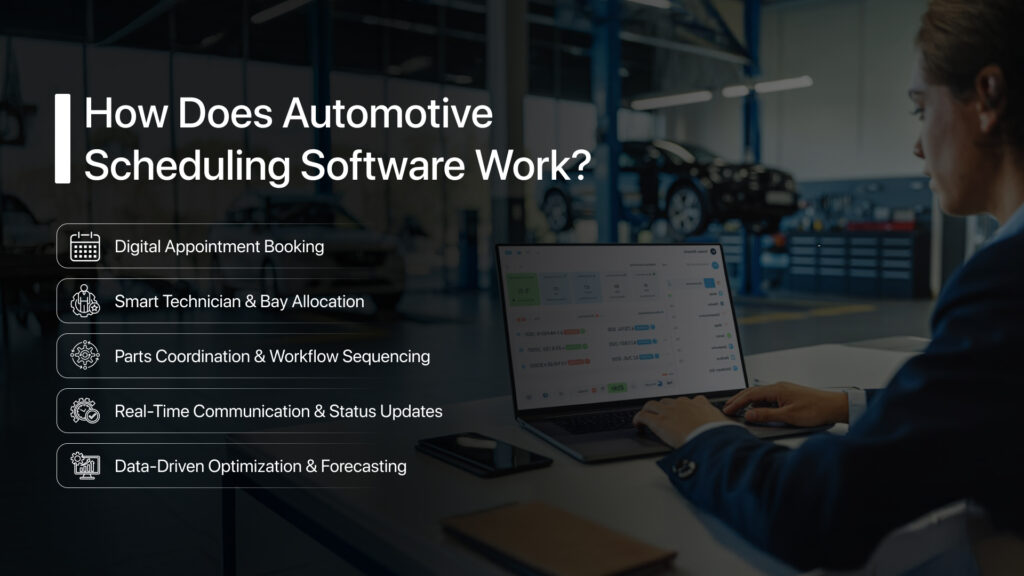
4. Real-Time Communication & Status Updates
An AI voice agent or automotive answering service sends updates automatically like status alerts, approvals, and ready-for-pickup notifications and even replacing manual calls.
Example:
- Problem: Customers frequently called for updates, increasing service advisor workload.
- Action: The dealership activated automated notifications through its auto service scheduling software.
- Result: Customer communication became proactive and consistent, improving satisfaction and post-service trust.
5. Data-Driven Optimization & Forecasting
AI-powered engines in advanced automotive scheduling software analyze past repair durations, cancellations, and booking peaks to predict workloads and optimize resource allocation automatically.
Example:
- Problem: Demand fluctuated heavily, leading to idle hours mid-week and high pressure on weekends.
- Action: The system used historical data to forecast bookings and adjust capacity ahead of time.
- Result: Workloads evened out across the week, improving overall efficiency and technician productivity.
6. Integration Across Departments
A unified automotive scheduling system connects service, finance, and inventory system modules ensuring data flows seamlessly across teams. Invoices, parts usage, and labor records are generated automatically once a repair closes, removing manual reconciliation.
Example:
- Problem: Billing and service teams worked on separate systems, causing data mismatches.
- Action: The business integrated its CRM and accounting tools with an auto repair scheduling software.
- Result: Administrative effort dropped, records stayed consistent, and customer bills were processed faster.
Top 12 Features of Automotive Scheduling Software
Now that we understand how scheduling software works, let’s learn why it’s important to understand what makes a scheduling tool truly effective for car dealerships. The following core features outline how the right software can streamline daily operations, improve coordination, and enhance customer satisfaction.
Core Scheduling Features
A strong scheduling system keeps every part of the service lane in sync. These core features form the foundation of an automotive scheduling software, helping dealerships handle bookings, assign jobs, and manage calendars with precision.
1. Online Booking & Self-Service Scheduling
Today’s customers expect instant access. With online scheduling and a built-in automotive appointment scheduler, customers can book services 24/7 through your website or mobile app, reducing call volume and missed opportunities.
2. Automated Reminders & Notifications
Timely communication keeps service operations running smoothly. The system sends automatic SMS and email reminders to minimize no-shows and maintain consistent appointment flow.
3. Calendar Integration & Real-Time Visibility
A connected automotive scheduling system syncs with Google Calendar, Outlook, or internal dealership tools, ensuring advisors, technicians, and managers operate on the same live schedule.
4. Technician & Bay Optimization
AI-driven logic within automotive repair scheduling software matches technicians to jobs based on their skills and availability, optimizing bay usage and minimizing downtime.
5. Real-Time Job Tracking Dashboards
A modern automotive scheduler gives service advisors a live view of ongoing jobs, estimated completion times, and technician progress, keeping operations transparent and proactive.
Customer & Service Experience Features
Scheduling is only part of the experience. These features focus on communication, transparency, and trust, making every customer interaction smoother and more personal, from vehicle drop-off to post-service follow-up.
6. Digital Vehicle Inspections (DVI)
Technicians capture images and videos of vehicle conditions directly within the system. This transparency builds trust, improves upsell opportunities, and ensures customers approve work confidently.
7. Customer Data & Service History Management
Each visit adds to a complete digital profile, storing previous repairs, parts used, and communication logs, making the experience more personalized over time.
8. Automated Messaging & Post-Service Follow-Ups
Integrated automotive appointment scheduling software automates confirmations, “ready for pickup” alerts, and post-service follow-ups that strengthen customer retention.
Operational & Management Features
Behind the service desk, managers need clear visibility into performance, inventory, and team workload. These tools help streamline daily operations and support better, data-backed decisions across the dealership.
9. Analytics & Performance Insights
Dashboards convert operational data into actionable insights helping managers identify peak hours, track technician performance, and forecast workloads accurately.
10. Inventory & Parts Coordination
By linking with parts inventory, repair scheduling software ensures every job is planned only when all required components are available, avoiding mid-repair pauses.
11. Mobile & Cloud Accessibility
With a cloud-based auto shop scheduling software, teams can access, edit, or approve jobs from any device, ideal for multi-location dealerships and mobile repair operations.
12. Integrated Payment Processing
Some solutions double as appointment scheduling and payment software, allowing digital billing and secure checkout right after service completion.
7 Best Benefits of Using Automotive Scheduling Software
Running a service center requires precision; every bay, technician, and customer interaction must align seamlessly to maintain efficiency. Modern automotive scheduling software brings structure to that complexity by streamlining daily operations, coordinating resources in real time, and ensuring no time or opportunity goes to waste.
Here’s how smart scheduling reshapes the way automotive operations run.
1. Increased Operational Efficiency
An advanced automotive repair scheduling software automates appointments, technician assignments, and parts coordination. This minimizes manual errors, prevents overbooking, and keeps the entire workflow running seamlessly, so teams can focus on service, not spreadsheets.
2. Optimized Bay and Technician Utilisation
AI-driven scheduling ensures every technician and service bay is working at full capacity. Smart algorithms in modern automotive service scheduling software automatically assign jobs based on skill and availability, keeping idle time near zero.
3. Reduced No-Shows and Scheduling Conflicts
Automated reminders, confirmations, and by linking with VoIP for automotive dealerships, the auto repair shop scheduling software delivers timely SMS or voice alerts, keeping the shop’s calendar productive and fully optimized.
4. Data-Driven Business Insights
Built-in analytics dashboards track technician efficiency, bay utilization, and appointment trends. These insights help decision-makers optimize staffing and forecast demand accurately.
5. Streamlined Multi-Department Coordination
A connected automotive scheduling system synchronizes your service, parts, and finance teams in real time. Everyone works from the same data source, improving communication, accuracy, and operational speed.
6. Scalable and Growth-Ready Infrastructure
Whether you manage a single shop or a nationwide chain, modern auto shop scheduling software integrates smoothly with CRMs, ERPs, and billing systems. It scales effortlessly as your operations expand, maintaining consistency, visibility, and control.
7. Increased Revenue Potential
By filling idle hours, automating workflows, and accelerating approvals, scheduling systems enable you to handle more vehicles daily, boosting throughput and profitability across every department.
How to Choose the Right Automotive Scheduling Software: Top 10 Questions to Ask
While looking for the best right scheduling software, every solution looks impressive on paper, yet the real difference lies in how well it integrates with your operations, your people, and your customers. Here are some important questions to guide your decision around finding the best automotive dealership scheduling software:
1. How flexible is the system for real-world scheduling?
Whether the software can handle unexpected changes like cancellations, walk-ins, or urgent repair jobs without breaking your workflow. A flexible system keeps your bays full and your technicians productive, even on chaotic days.
2. Does it integrate with your existing tools and systems?
If the software connects seamlessly with your CRM, inventory, and billing systems. Integration prevents double-entry, syncs data across departments, and gives you one source of truth for every job and customer.
3. Is it cloud-based and mobile-friendly?
How easily can you access schedules and reports when you’re away from the shop? A cloud setup gives managers and advisors visibility anytime, anywhere, ideal for multi-location operations.
4. What automation features does it offer?
The level of efficiency it can bring to repetitive tasks like sending reminders, assigning technicians, or updating job statuses. Automation minimizes no-shows and manual follow-ups so your staff can focus on customers, not admin.
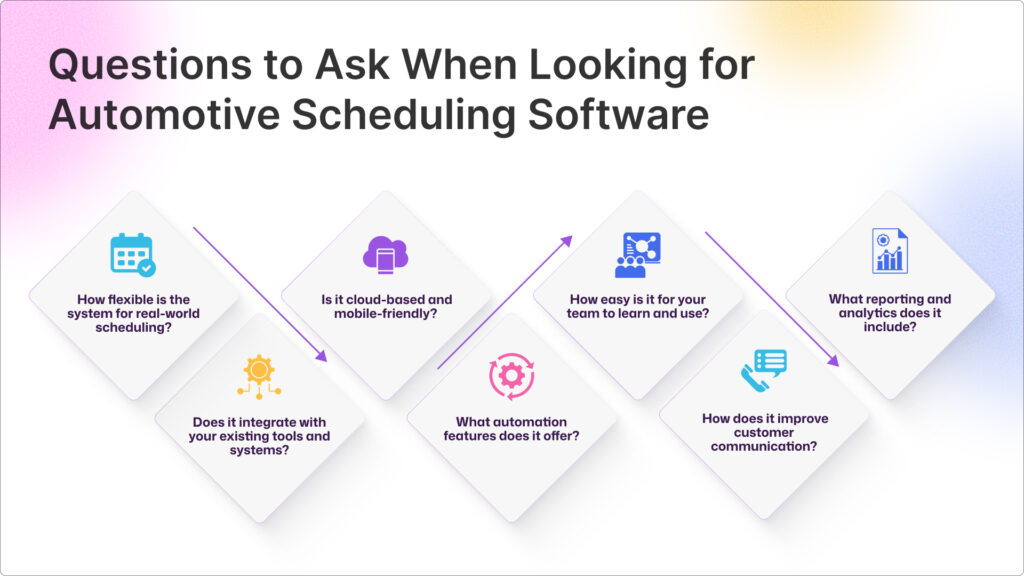
5. How easy is it for your team to learn and use?
Whether your advisors and technicians can adopt the tool quickly. A simple, intuitive system supported by automotive phone training ensures quick adoption across advisors and technicians.
6. How does it improve customer communication?
If the platform helps you keep customers informed through text updates, digital approvals, or automated follow-ups. Smooth communication builds trust and cuts down on ‘just checking’ calls.
7. What reporting and analytics does it include?
How well the software can help you measure performance, from technician utilization to booking trends. Strong analytics turn your data into decisions that improve efficiency and profitability.
8. How transparent is the pricing structure?
Whether you’re getting full value for your investment or walking into hidden costs, ask about charges for add-ons, users, or integrations so you can plan long-term without budget surprises.
9. How secure and reliable is your data?
How seriously the vendor takes protecting sensitive customer and vehicle data. Encryption, access controls, and regular backups are non-negotiable for maintaining trust and compliance.
10. What kind of support and training does the vendor provide?
How confident can you be after implementation? Good vendors don’t disappear post-purchase; they offer onboarding help, quick support, and regular feature updates to keep your operations running smoothly.
Why You Should Choose Spyne’s Automotive Scheduling Software?
In an ecosystem where typical scheduling systems merely handle appointments, Spyne’s Automotive Scheduling Software is equipped with such a capability that transforms an entire car dealership’s workflow into a unified, intelligent operation.
What sets Spyne apart is its ability to do more than just manage bookings. It brings automation, real-time visibility, and intelligent coordination that aligns every department, be it sales or service, into one seamless, data-driven workflow.
1. Automated Scheduling for Dealerships
Every time a customer visits your website or uses your car service appointment app, Spyne’s automotive dealership scheduling software captures the request and books it instantly, no calls, no delays.
2. AI-Based Service and Technician Matching
Spyne’s automotive repair service scheduling software matches the right technician, bay, and time slot using AI. It even checks part availability before confirming a booking, keeping your workshop productive, not paused.
3. Predictive Demand Forecasting for Workshops
With its built-in automotive AI scheduling software, Spyne studies your peak service hours, common repair types, and customer patterns. It then balances workloads automatically so your bays stay busy but never overloaded.
4. Real-Time Customer Service Updates
Instead of generic texts or late follow-ups, Spyne’s automotive scheduling app sends real-time updates customers actually care about like inspection progress, part arrivals, ready-for-pickup alerts.
5. Connected Service and Billing Ecosystem
From advisors and mechanics to billing and CRM, everything runs in sync. The car service booking system automatically logs approvals, updates invoices, and notifies finance teams, removing the lag between work done and revenue earned.
6. Scalable Software for Multi-Location Dealerships
Spyne’s automotive service scheduling software grows with your business, adapting to multi-bay operations, franchise networks, and high-volume workshops. With centralized dashboards and automated workflows, every branch stays consistent, efficient, and fully aligned under one scalable automotive scheduling system.
7. Actionable Insights and Performance Analytics
Spyne replaces spreadsheets with actionable insights, how fast advisors respond, which bays perform best, and where bottlenecks occur. Helping automotive dealers with scheduling data and turning that into actionable intelligence to predict demand, optimize operations, and drive engagement.
Conclusion
By connecting service, parts, finance, and customer communication into one synchronized workflow, dealerships and repair shops can reclaim time, increase throughput, and elevate the customer experience.
Spyne’s Automotive Scheduling Software takes this a step further with AI-driven optimization and real-time coordination, ensuring your service ecosystem operates efficiently, intelligently, and predictably. With Spyne’s Conversational AI, customers will be instantly responded, set reminders, and updated, making the booking and service experience smoother than ever.
See the difference for yourself and book a demo with Spyne today and watch your automotive business run smarter, engage better, and convert more, all while you sleep.
FAQs
1. What is Spyne scheduling software and how does it help my automotive business?
Spyne is an automotive service appointment scheduling software that helps auto shops manage bookings, assign jobs, and track workflows in real time. As the best automotive scheduling software, it streamlines operations, reduces downtime, and improves customer satisfaction.
2. How do I get started or set up Spyne Scheduling software for my automotive shop?
3. Can Spyne scheduling software integrate with my existing CRM or shop management software?
4. Which are some of the best Top Automotive Scheduling Softwares?
Spyne: A platform that offers smart scheduling with CRM integration and AI-based automation tailored for automotive dealerships.
AutoOps: Built specifically for auto shops, it streamlines logistics and integrates with existing systems.
Tekmetric: A cloud-based platform known for its seamless customer communication and easy-to-use interface.
Xtime Schedule: Lets customers book via mobile, sends automated reminders, and enhances loyalty programs.
Shopmonkey: Noted for its clean design, strong reporting, and team management tools.
AutoLeap: Highly rated for its scheduling, invoicing, and customer management features.
5. Can my team and mechanics access their schedules on mobile or create their own profiles?
Yes. Spyne’s automotive scheduling app lets advisors and technicians access schedules, update job statuses, and manage profiles on mobile. This makes coordination seamless, ensuring your mechanic shop scheduling software runs efficiently, even on the go.
6. Can I sync Spyne Scheduling software with Google Calendar or other calendars?
Absolutely. Spyne connects with Google Calendar and other tools to keep every appointment synced. As a smart car service appointment app, it prevents double-booking and ensures both customers and staff stay updated in real time.

